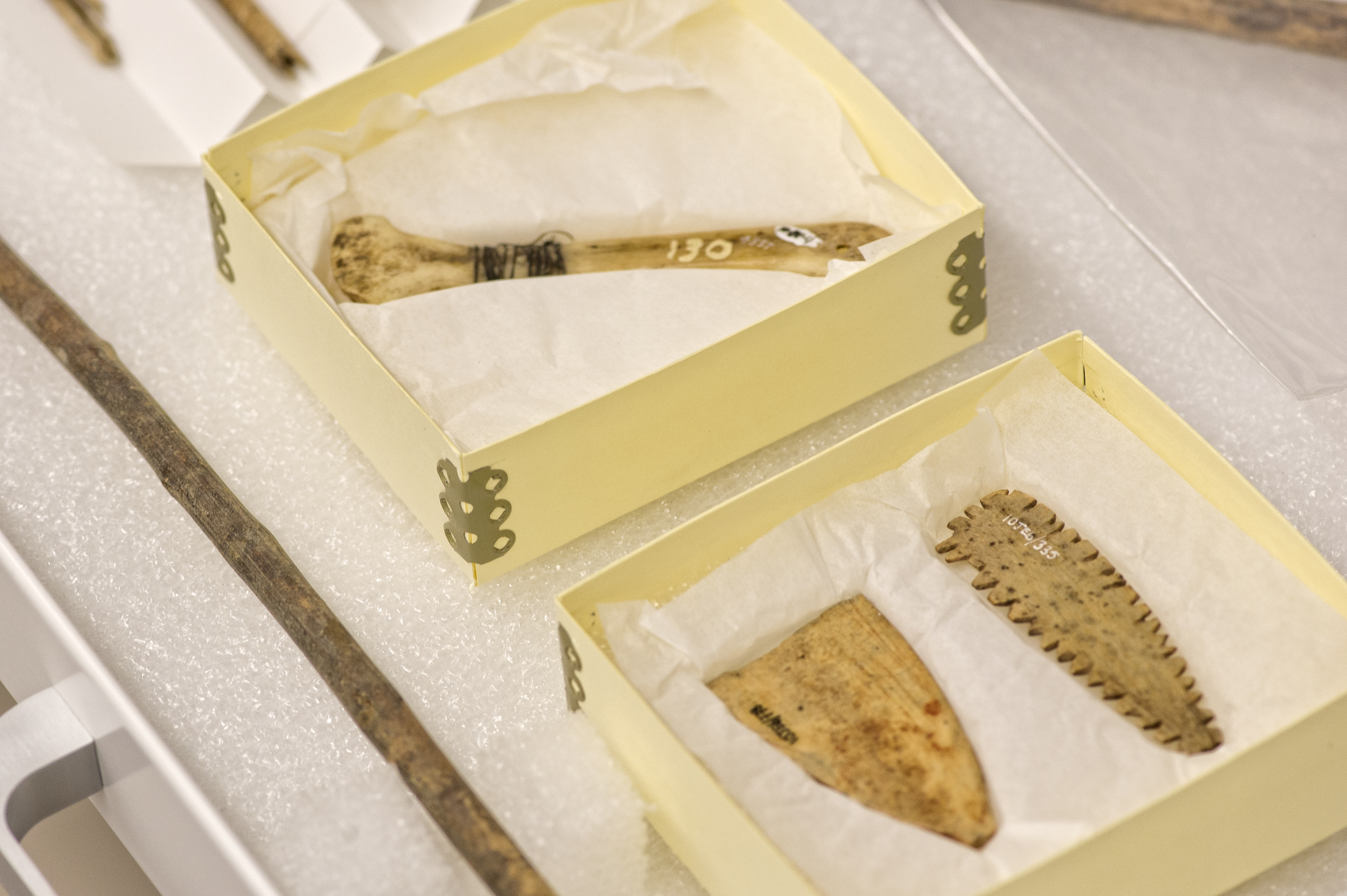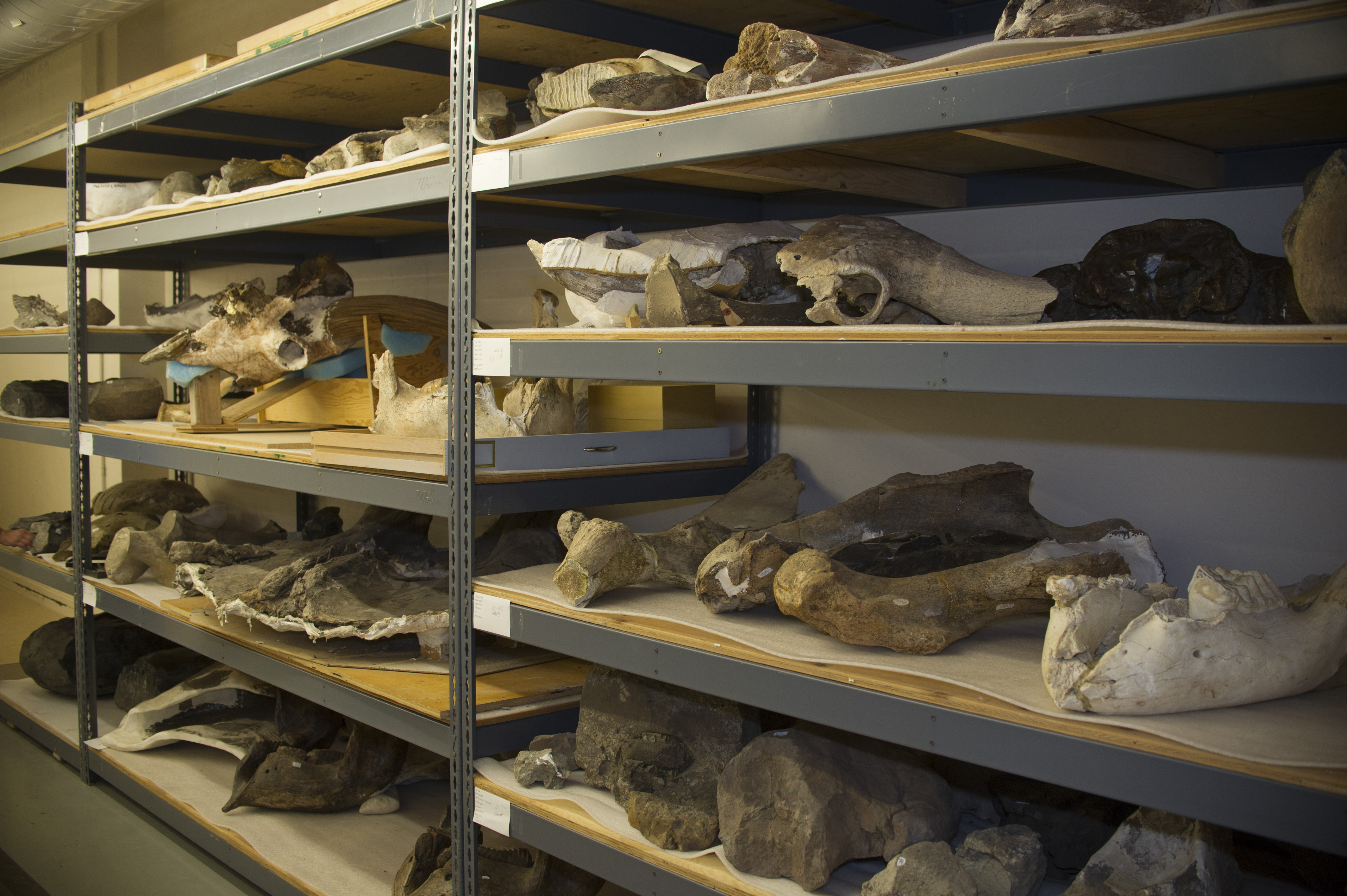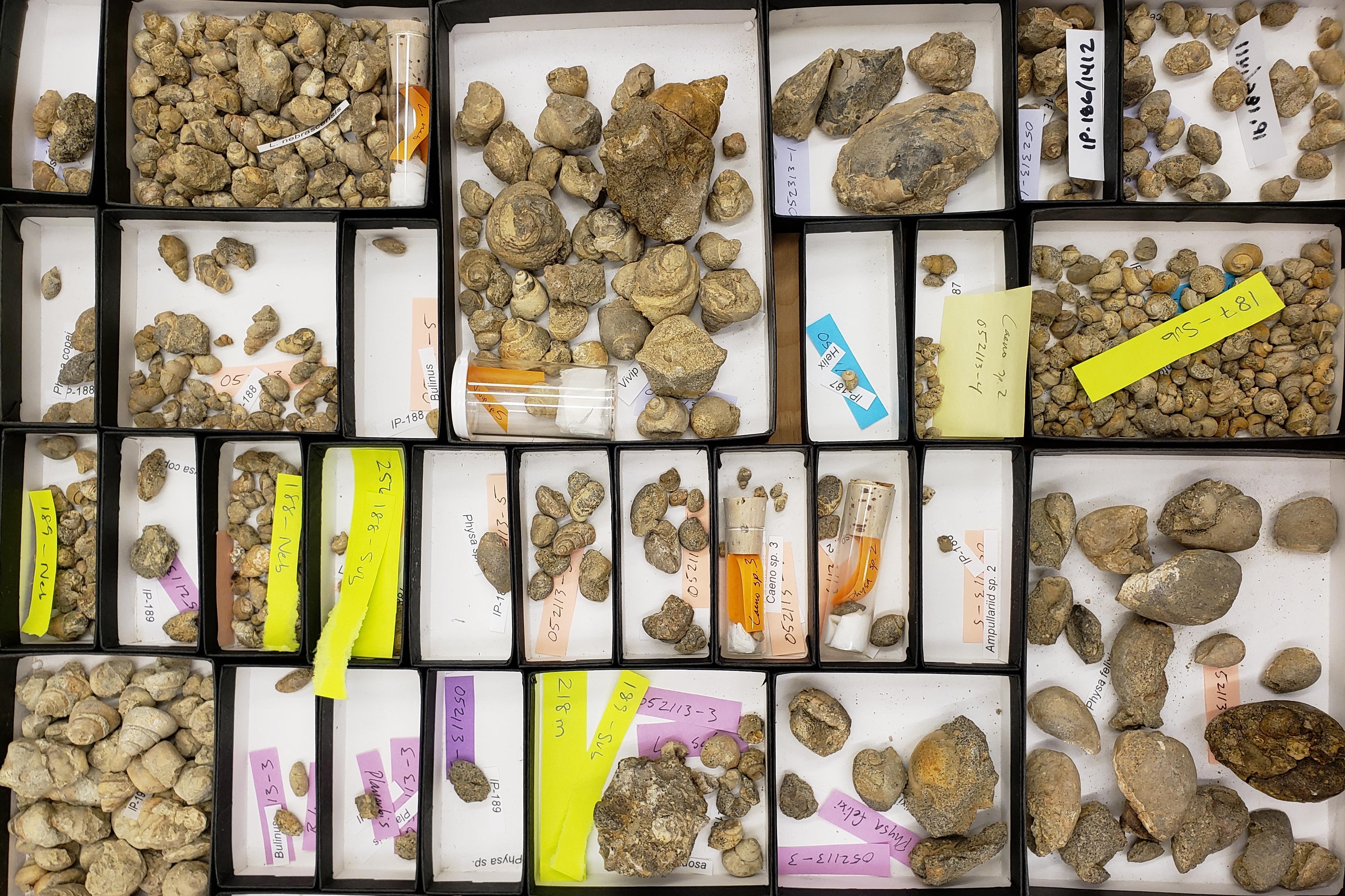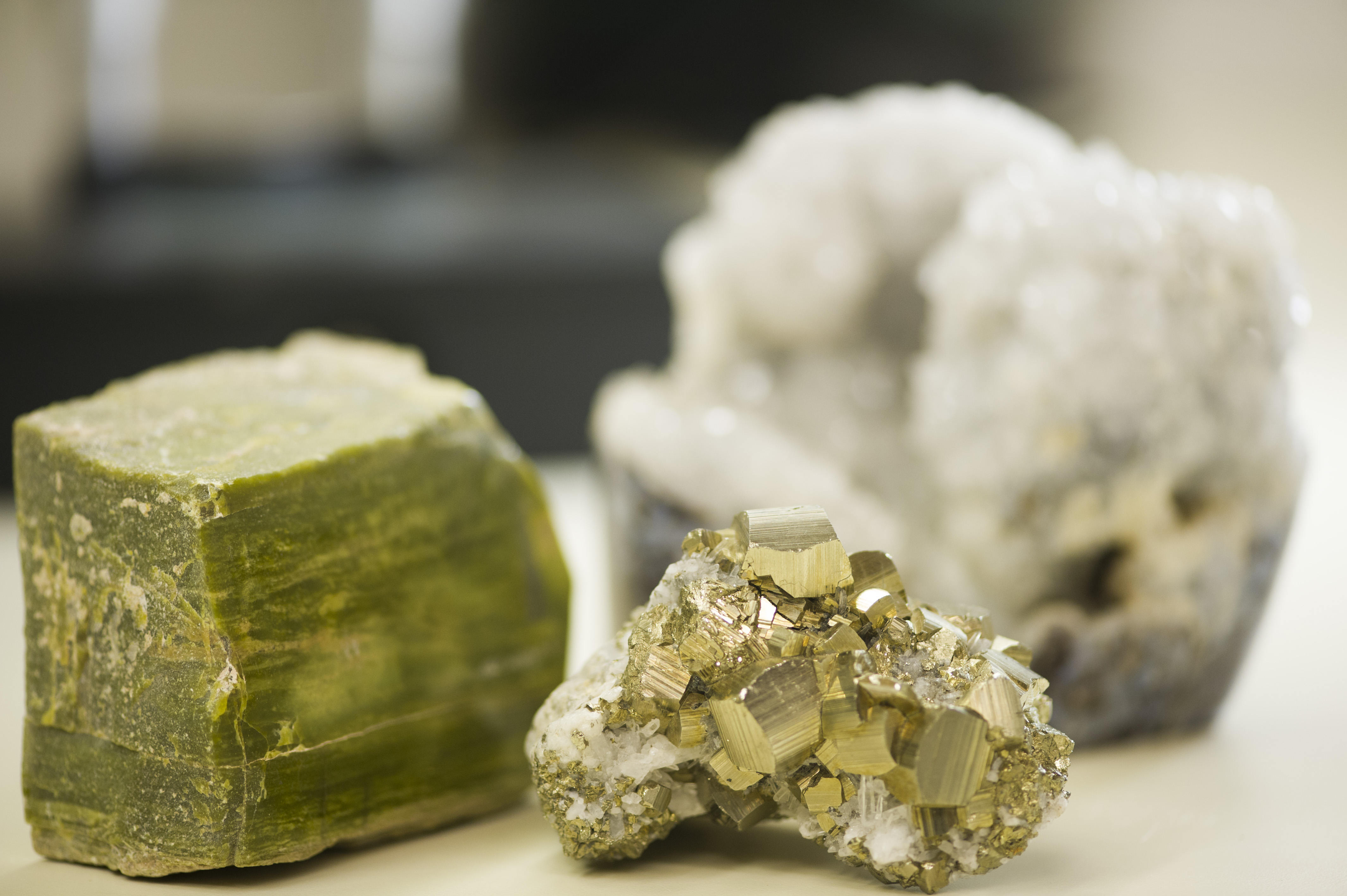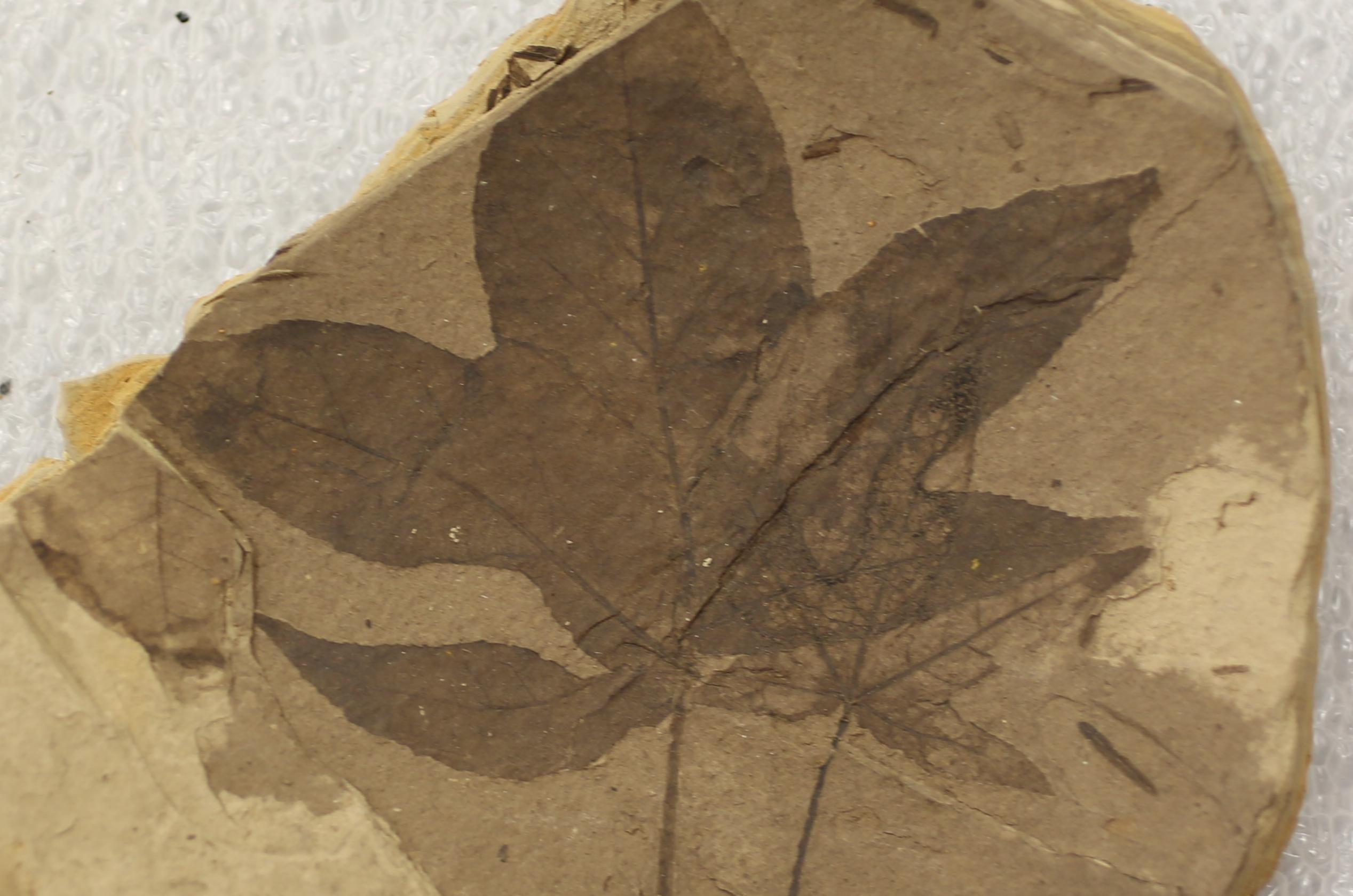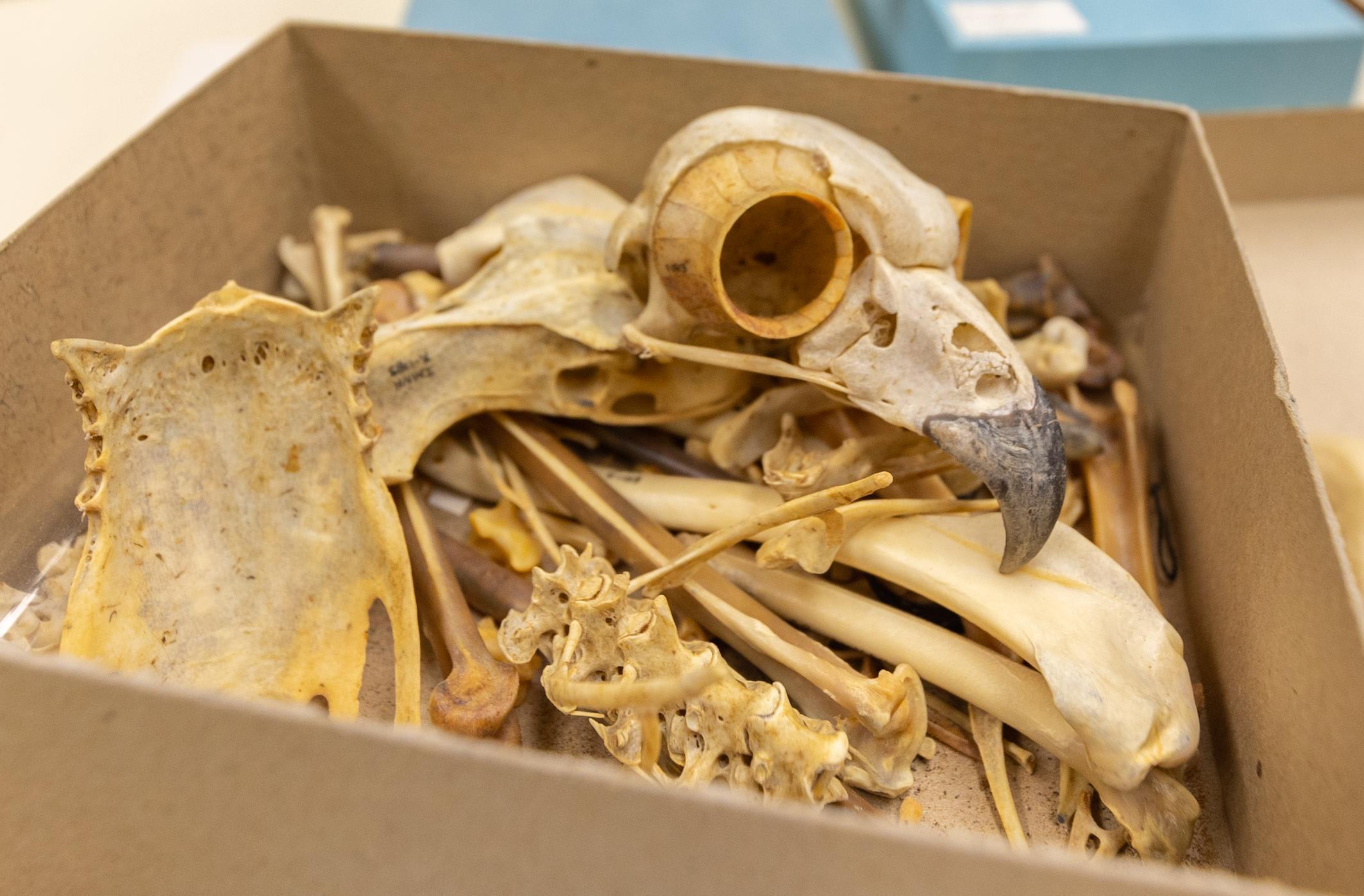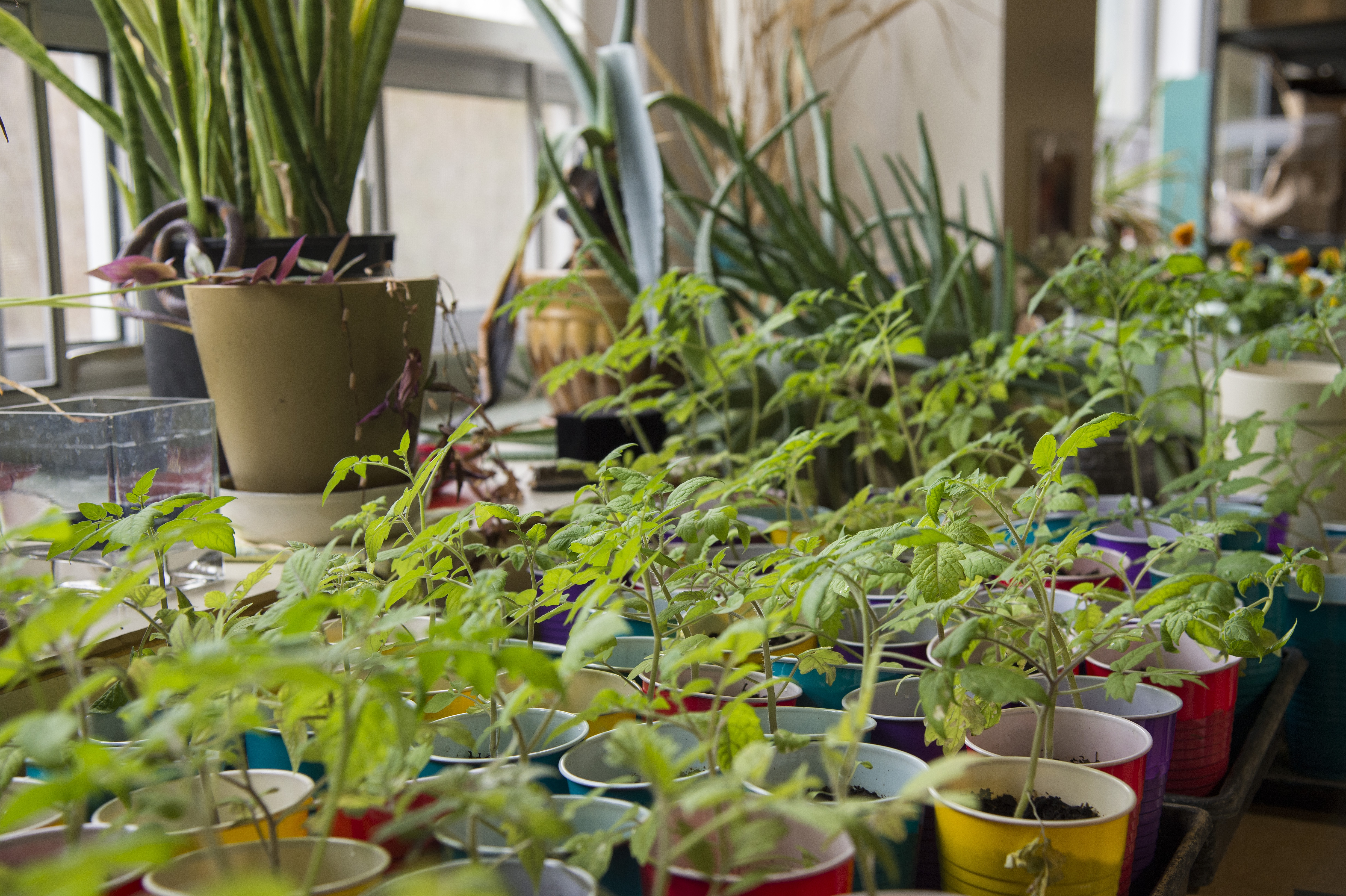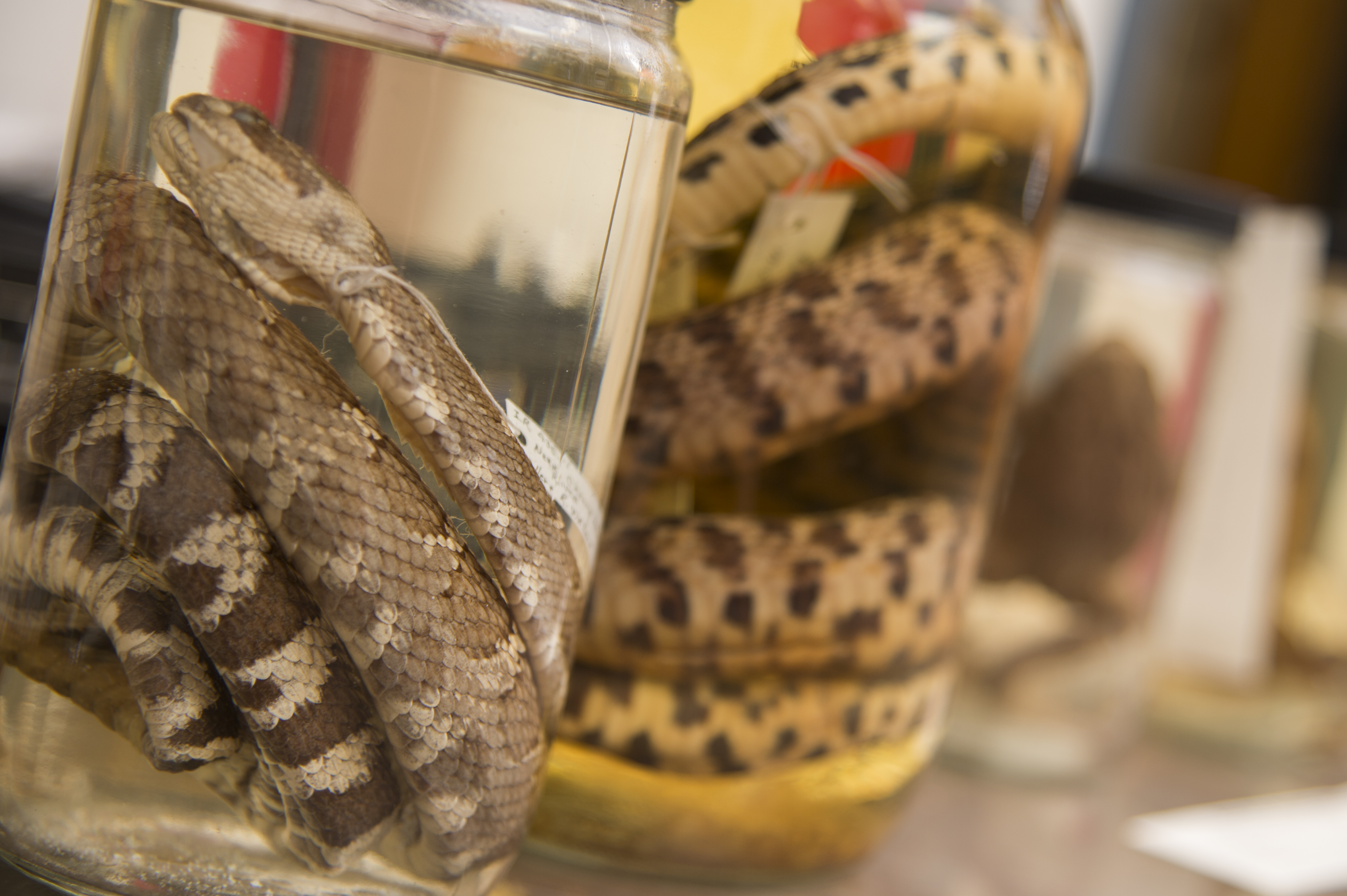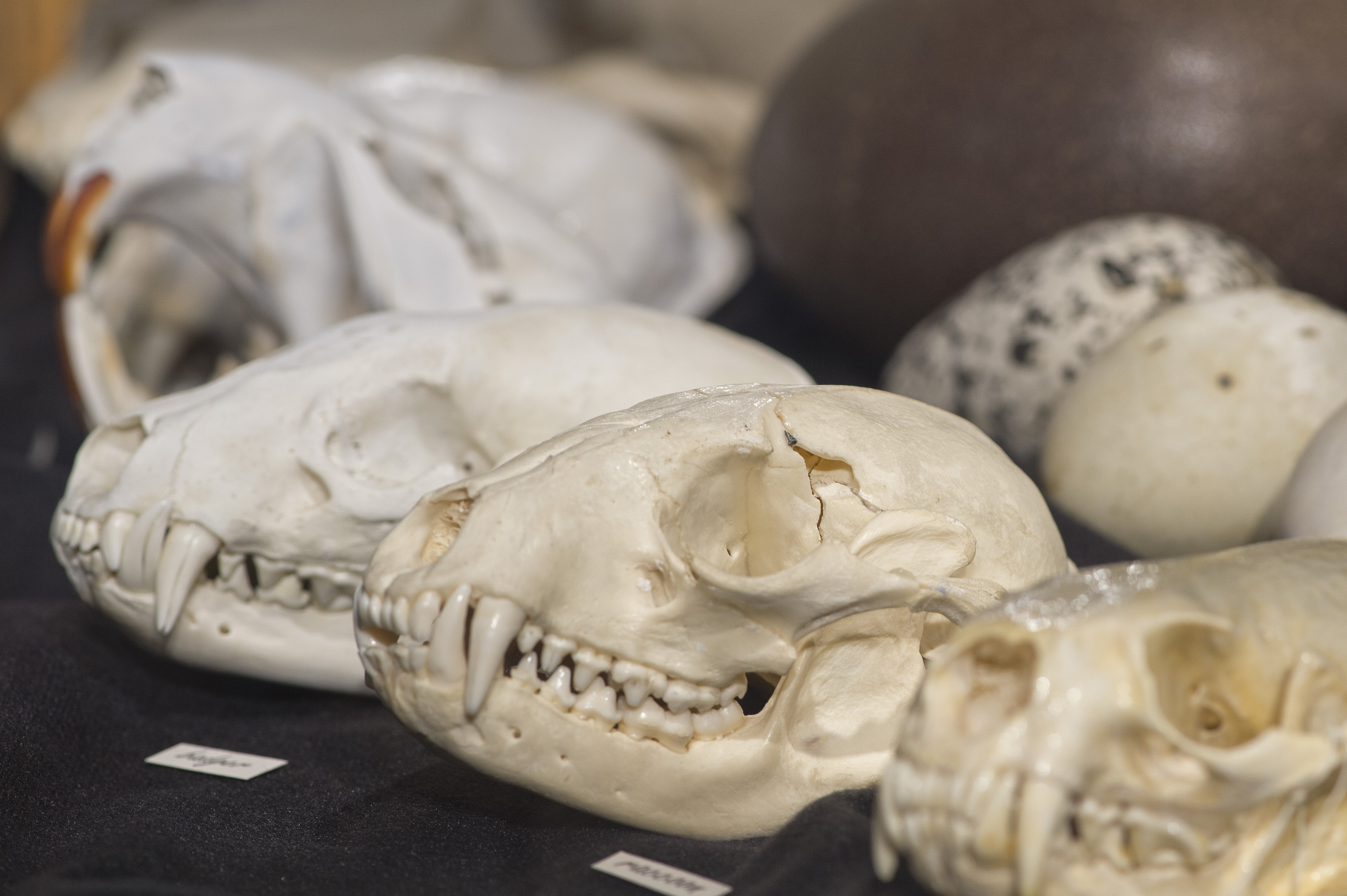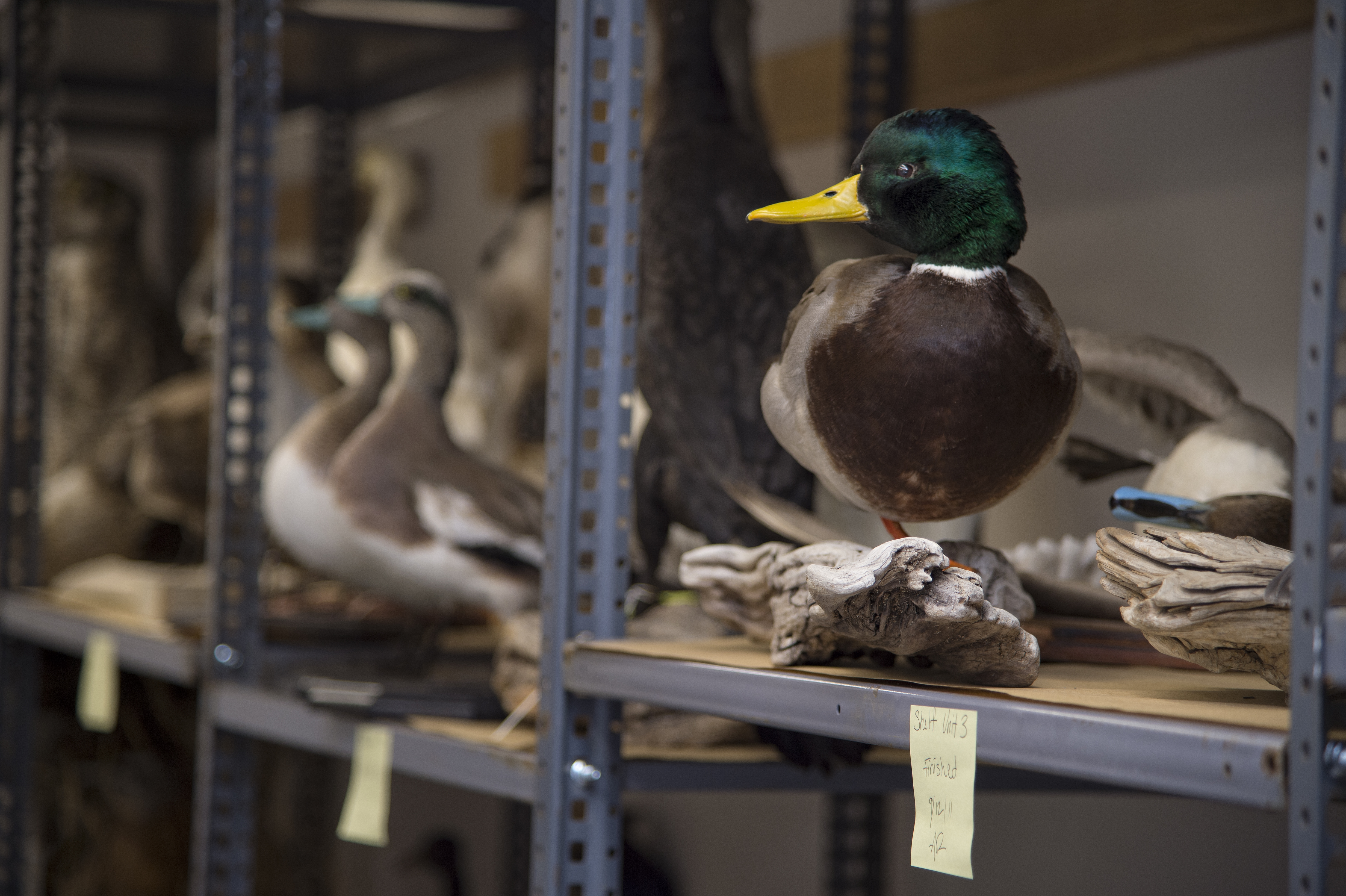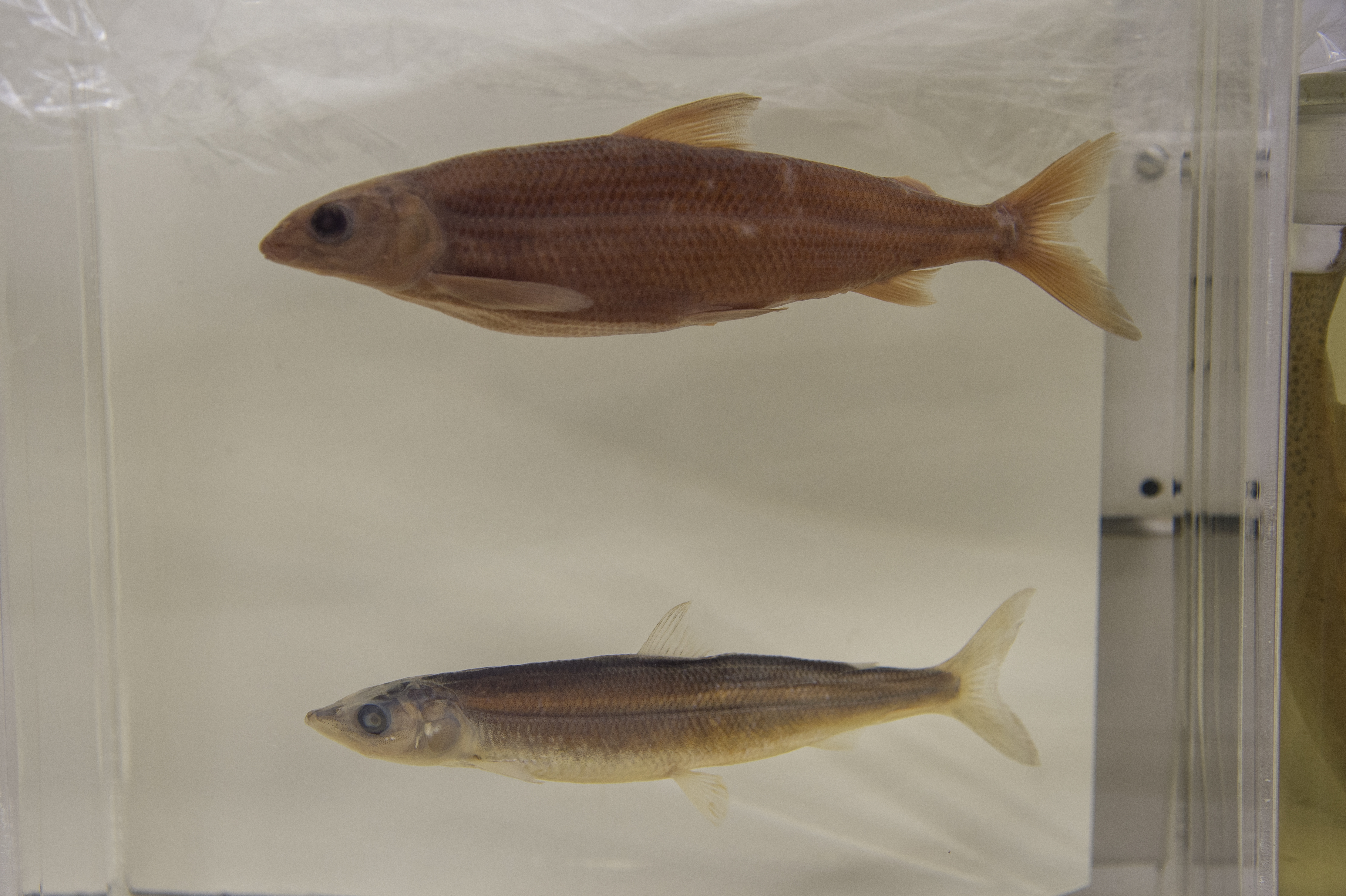The Idaho Museum of Natural History cares for over 1,000,000 specimens in our collections. The specimens we collect and conserve document the natural history of Idaho and the Intermountain West. The collections are divided into three divisions: Anthropology, Earth Sciences, and Life Sciences.
Anthropology is the study of human cultural diversity, archaeology, language, and human biology and evolution. The collections at the IMNH are divided into past and present - archaeology and ethnology - and are focused on Idaho, but span the globe in their importance.
The Earth Science Division explores and documents the evolution of the physical and biological components of the Earth, and facilitates the understanding and protection of our planet and its record of the past. The specimens we collect and conserve document the occurrence of individual organisms in space and time. Our Earth Sciences Division maintains collections of vertebrate and invertebrate paleontology, paleobotany, osteology and geology.
The collections in the Life Sciences Division document and preserve records of the biodiversity of Idaho, the Pacific Northwest and beyond. Collections under this Division include mammalogy, herpetology, ornithology, ichthyology and our Ray J. Davis Herbarium.
Taken together they form a vast (and growing) permanent record, which scientists can examine again and again, applying new analytical techniques and testing new hypotheses.

